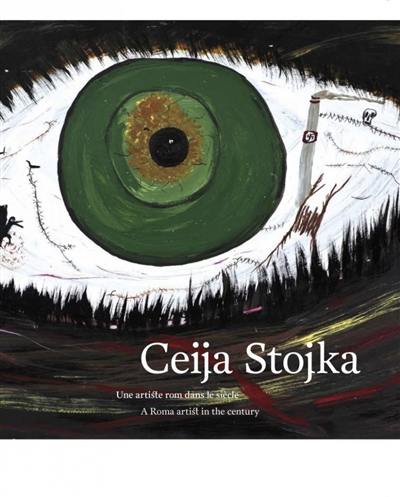
Collection(s) : Catalogue d'exposition
Paru le 08/03/2018 | Broché 197 pages
Tout public
avant-propos Antoine de Galbert | traductions Jean-François Allain, François Mathieu, Charles Penwarden
L'exposition de La maison rouge réunit pour la première fois en France plus de cent cinquante oeuvres de l'artiste rom Ceija Stojka, née en Autriche en 1933. Déportée à l'âge de dix ans, elle survit à trois camps de concentration, Auschwitz-Birkenau, Ravensbrück et Bergen-Belsen.
C'est à cinquante-cinq ans, qu'elle rompt le silence et se lance dans un fantastique travail de mémoire, lequel donne naissance à plusieurs récits et à plus d'un millier d'oeuvres, encres, gouaches et acryliques sur toile ou papier, alors qu'elle est autodidacte.
Elle devient ainsi la première femme rom rescapée des camps de la mort à témoigner de son expérience concentrationnaire, contre l'oubli et le déni, contre le racisme anti-rom ambiant en Autriche et en Europe.
L'ensemble de ce qu'elle laisse à sa mort en 2013, donne la sensation d'un grand journal sans chronologie, où peintures et écrits, s'entremêlent pour restituer les souvenirs cauchemardesques d'une enfant sur ce qu'on appelle Samudaripen ou génocide tsigane.
Ce catalogue, réalisé à l'occasion de l'exposition, s'attache à restituer fidèlement l'esprit de l'artiste, sa singularité, sa force de vie et dévoile un travail pictural hors du commun.
This exhibition at La maison rouge, the first on this scale in France, brings together over a hundred and fifty works by the Romani artist Ceija Stojka. Born in Austria in 1933, she was deported at the age of ten and survived three concentration camps : Auschwitz-Birkenau, Ravensbrück and Bergen-Belsen.
At the age of fifty-five, she broke her silence and undertook an extraordinary journey back into her memories. The result was several books of testimony and over a thousand works in ink, gouache and acrylic, on canvas and on paper : the remarkable achievement of an autodidact.
Stojka was the first Romani woman to survive the death camps and bear witness, to speak out against denial and forgetting, and against the anti-Romani racism pervasive in Austria, and in Europe.
The ensemble she left at her death in 2013 is like a giant journal without a chronology in which paintings and writings combine to evoke the nightmarish experience of a child who lived through the Samudaripen, or Romani genocide.
This exhibition catalogue sets out to recapture the artist's spirit and singularity, her communicative vitality - and to do justice to her remarkable body of work.